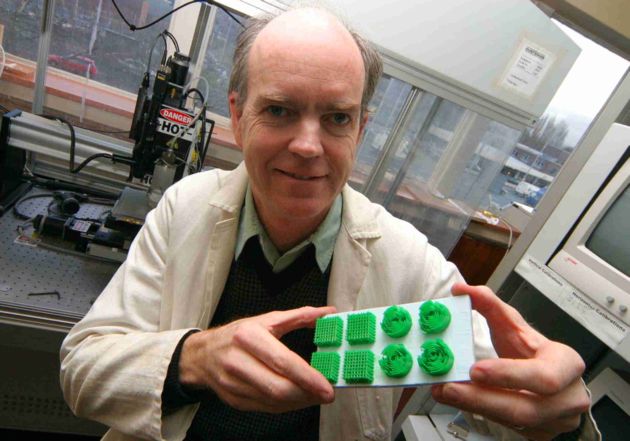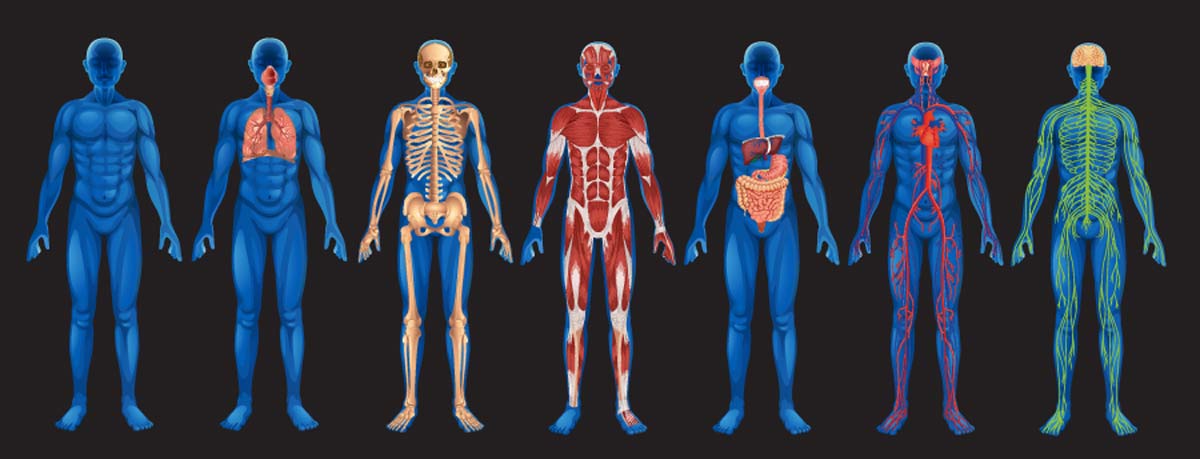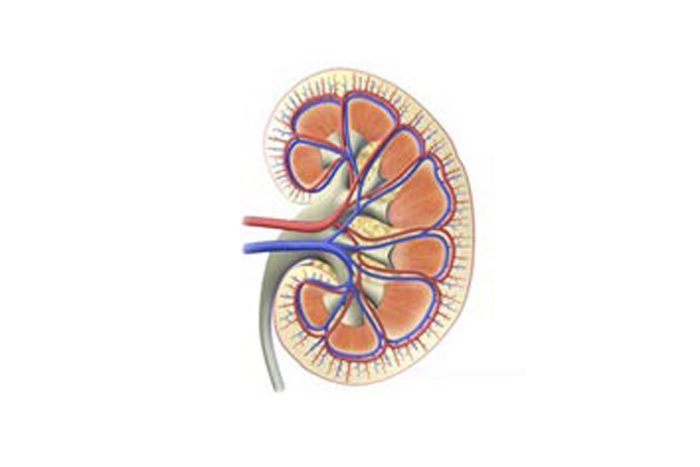7 Cool Uses of 3D Printing in Medicine
Printing organs?

Printers that spit out three-dimensional human cells and even organs, including the heart and liver, may seem like science fiction. But real scientists are taking real cracks at such a reality. Here are seven cool uses of such printing that could revolutionize medicine.
Printing human embryonic stem cells

Stem cells, those magical cells that can develop into many different kinds of tissue in the body, can now be printed, at least in the lab. In a study published Feb. 5, 2013, in the journal Science, researchers from the University of Edinburgh describe a valve-based cell printer that spits out living human embryonic stem cells. The cells could be used to create tissue for testing drugs or growing replacement organs, the scientists report.
Printing blood vessels & heart tissue

Printing some tissue types is already a reality. Gabor Forgacs from the University of Missouri in Columbia and colleagues printed blood vessels and sheets of cardiac tissue that "beat" like a real heart. The work was published in March 2008 in the journal Tissue Engineering. Forgacs and others started a company called Organovo to bring these products to market.
A group at the German Fraunhofer Institute has also created blood vessels, by printing artificial biological molecules with a 3D inkjet printer and zapping them into shape with a laser.
Printing skin

The last 25 years have seen great advances in creating tissue-engineered skin, which could be used to replace skin damaged from burns, skin diseases and other causes. Recently, scientists have added 3D printed skin to their repertoire. Lothar Koch of the Laser Center Hannover in Germany and colleagues laser-printed skin cells, as reported September 2010 in the journal Tissue Engineering Part C: Methods.
Patching a broken heart

Researchers are working on developing a "heart patch" made of 3D-printed cells that could repair damaged hearts. Ralf Gaebel of the University of Rostock, Germany, and colleagues made such a patch using a computerized laser-based printing technique. They implanted patches made of human cells in the hearts of rats that had suffered heart attacks; the rats' hearts that were patched showed improvement in function, the scientists reported in December 2011 in the journal Biomaterials.
Printing cartilage & bone

The skeletal system has also become a popular focus of 3D cell-printing efforts. In 2011, the same group from Germany that made the skin used laser printing to create grafts from stem cells that could develop into bone and cartilage. The work was published in January 2011 in the journal Tissue Engineering Part C: Methods.
Get the world’s most fascinating discoveries delivered straight to your inbox.
Studying cancer with printed cells

Printing cells could lead to better ways of studying diseases in the lab and then developing therapies. For example, one group of researchers used an automated system to print ovarian cancer cells onto a gel in a lab dish where the cells could be grown and studied. The printing approach could enable scientists to study the tumor cells in a more systematic environment and use them to test out drugs. The study, led by biomedical engineer Utkan Demirci, of Harvard University Medical School and Brigham and Women's Hospital, was detailed in February 2011 in Biotechnology Journal.
Printing organs

Can we grow organs instead of transplanting them? That was the question surgeon Anthony Atala asked during a TED talk in 2010 that went viral. Ten Years ago, Atala, who directs the Wake Forest Institute for Regenerative Medicine, took stem cells from a patient with a failing bladder, grew a new bladder and transplanted it into the patient. Atala's more recent efforts have focused on printing organs, and he has since demonstrated an early experiment to print a transplantable kidney.



